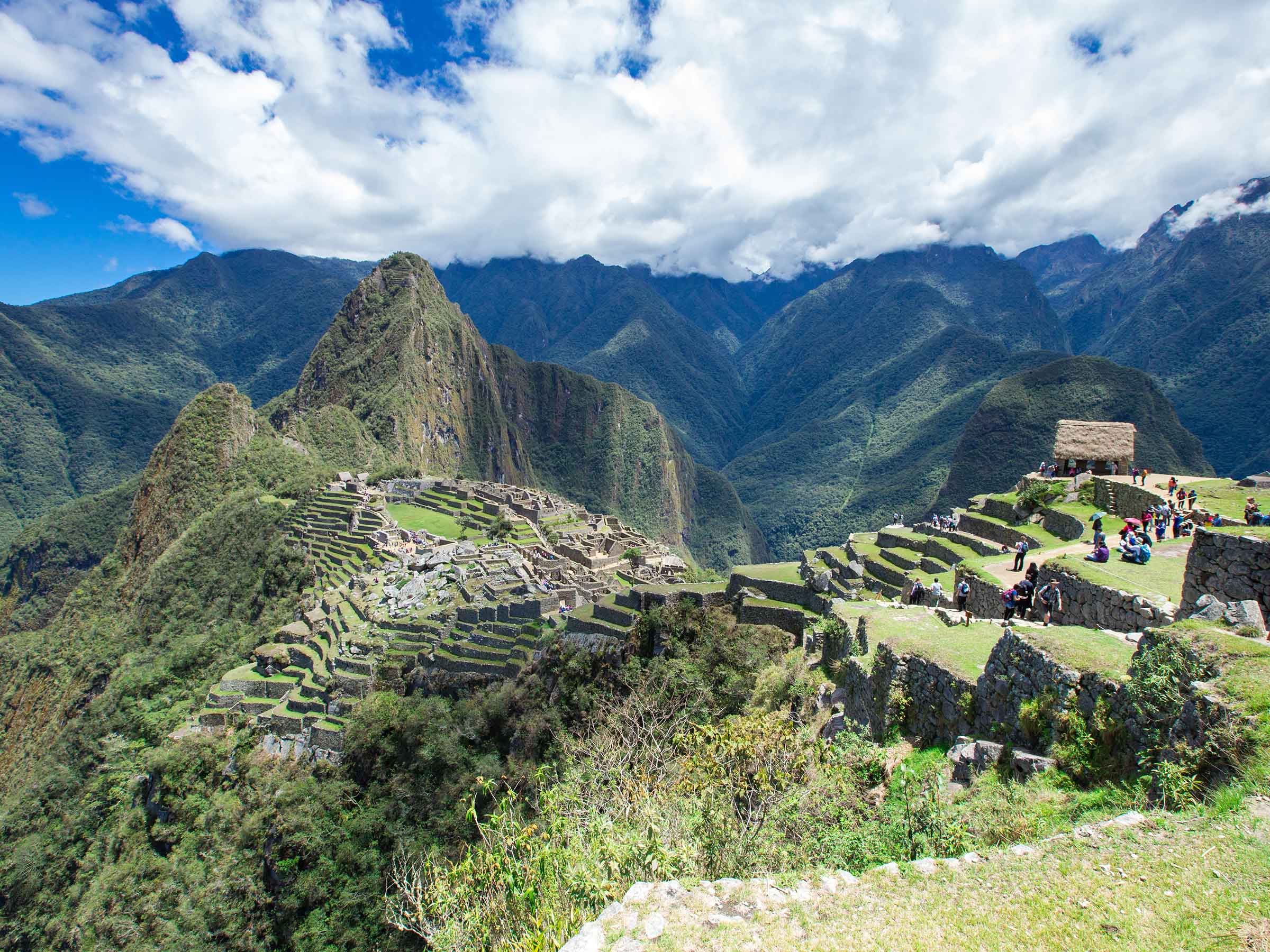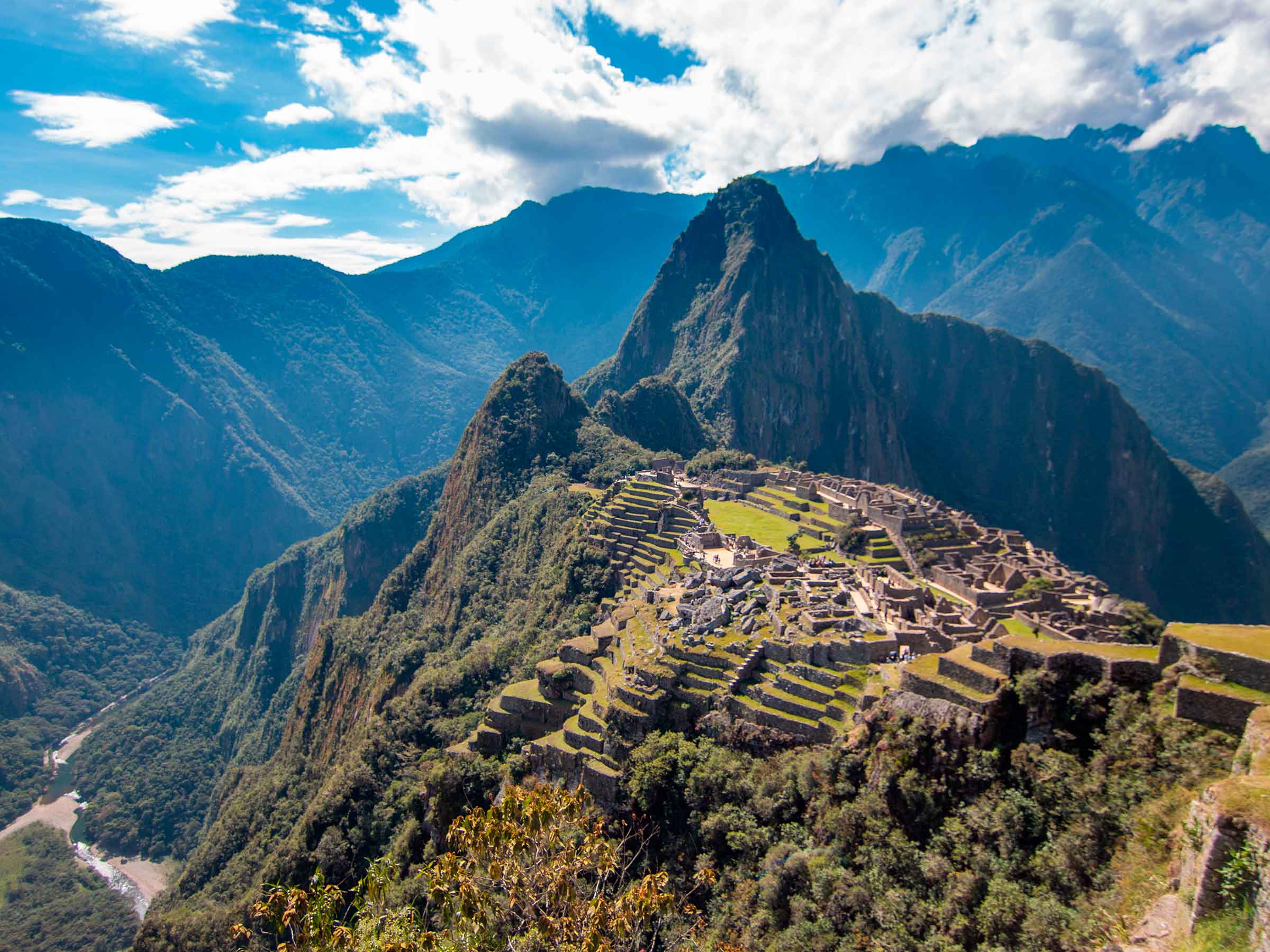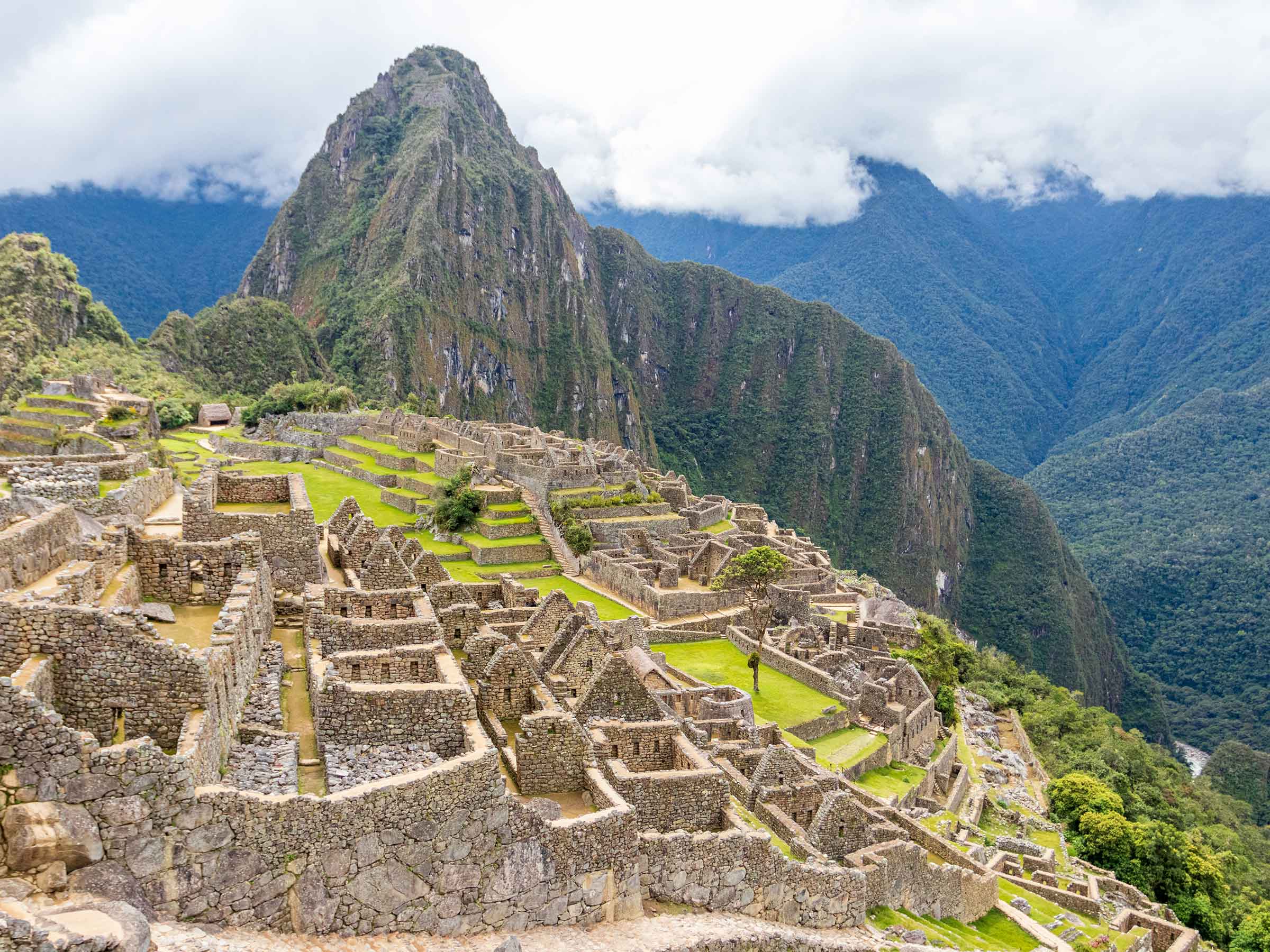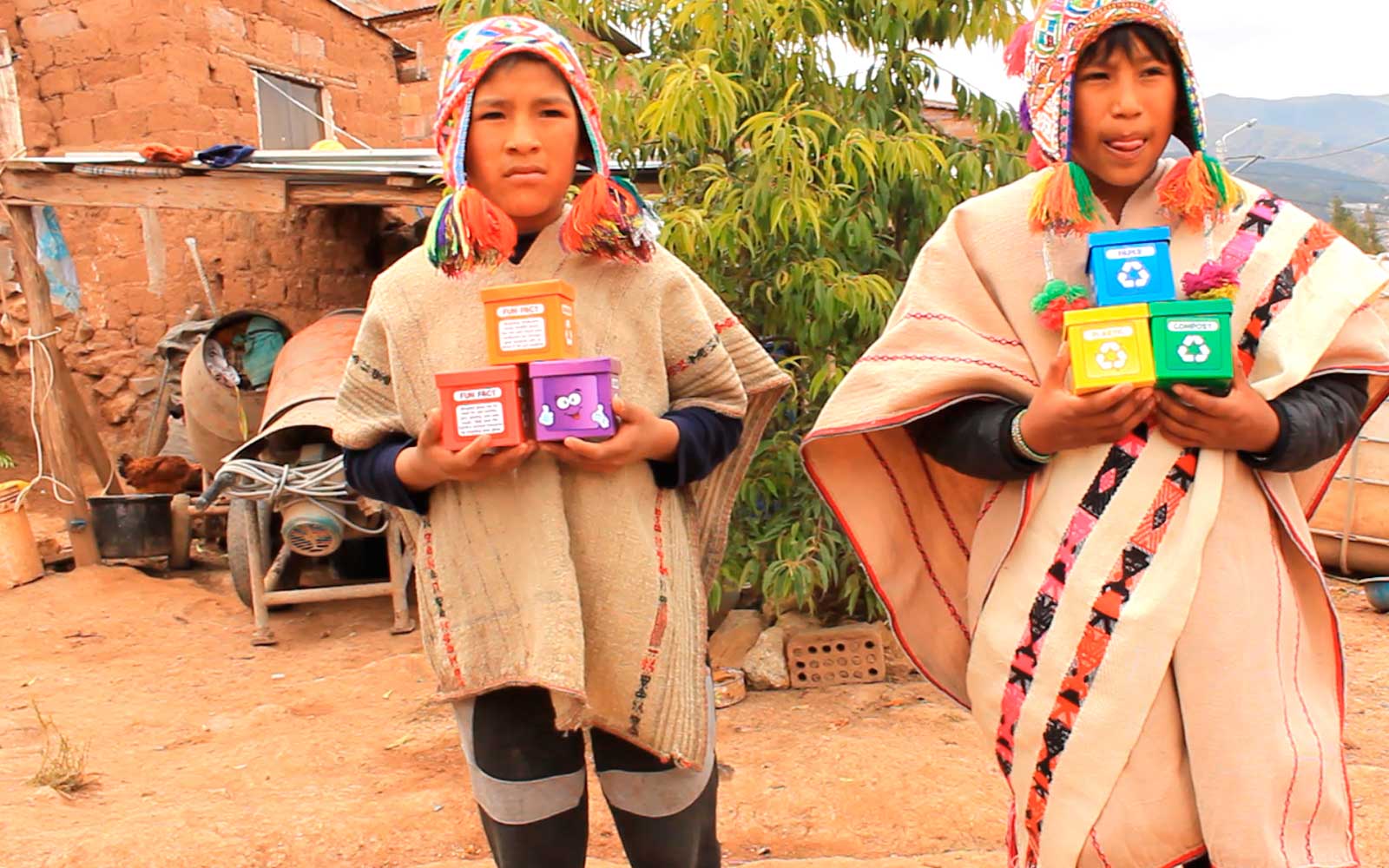No products in the cart.
Must-Visit Sites in Machu Picchu
Planning a trip to Machu Picchu? Awesome choice! This ancient Inca city is packed with incredible sites that will blow your mind. Whether you’re a history buff, a nature lover, or just looking to explore, Machu Picchu has something for everyone. Here’s a no-nonsense guide to the top spots you gotta check out when you’re there.
The Main Gate (Inti Punku)
Your Entry Point to History
The Main Gate, also known as Inti Punku or the Sun Gate, is where your Machu Picchu adventure begins. It’s the first glimpse you get of the stunning ruins nestled in the Andes.
What to Do
- Photo Ops: Capture that perfect shot of Machu Picchu peeking through the trees.
- Hike Up: If you’re up for it, take the hike from the gate to the city. It’s a bit of a climb but totally worth the views.
The Temple of the Sun (Templo del Sol)
Sacred Inca Ceremony Site
The Temple of the Sun is one of the most important religious sites in Machu Picchu. The Incas used it for astronomical observations and ceremonies.
Highlights
- Stonework: Check out the precise stone masonry that fits the stones perfectly without any mortar.
- Windows: Look through the famous “barbecue windows” where the sun shines directly on the altar during solstices.
The Room of the Three Windows
Iconic Inca Architecture
This room is famous for its three large windows that frame stunning views of the surrounding mountains. It’s a great spot to soak in the scenery.
What to See
- Panoramic Views: Perfect for those Insta-worthy photos.
- Architectural Marvel: Notice how the windows align with the sunrise and sunset.
The Intihuatana Stone
The Inca Sun Clock
Often called the “Hitching Post of the Sun,” the Intihuatana Stone was used by the Incas to predict solstices and equinoxes.
Why It’s Cool
- Astronomical Significance: Learn how the Incas used this stone to track celestial events.
- Unique Shape: The stone’s intricate carvings are a testament to Inca engineering skills.
The Sacred Plaza
Central Gathering Spot
The Sacred Plaza is the heart of Machu Picchu, surrounded by important buildings and terraces used for ceremonies and gatherings.
Must-See Features
- Main Temple: Explore the largest temple in the plaza, used for major religious events.
- Terraces: Walk around the agricultural terraces that provided food for the city.
The Agricultural Terraces
Ingenious Farming Solutions
These terraces were used by the Incas to grow crops on the steep mountainsides. They’re a brilliant example of Inca agricultural engineering.
What to Look For
- Terrace Layout: Notice how the terraces prevent soil erosion and maximize farming space.
- Scenic Walks: Stroll through the terraces for some peaceful hiking and great views.
The Royal Tomb
Mysterious Inca Burial Site
The Royal Tomb is believed to be the final resting place of an Inca noble. It’s one of the few tombs found in Machu Picchu.
Interesting Facts
- Hidden Chamber: Inside, you’ll find a small chamber with interesting artifacts.
- Historical Significance: Offers insights into Inca burial practices and beliefs.
The Water Supply System
Ancient Hydraulics
Machu Picchu had an advanced water supply system with fountains, canals, and aqueducts to provide fresh water to the city.
What to Check Out
- Fountains: Visit the well-preserved fountains that once supplied water.
- Canals: Follow the ancient water channels that show the ingenuity of Inca engineering.
The Inca Bridge
Thrilling Cliffside Walk
The Inca Bridge is a narrow pathway carved into a cliff, offering an adventurous hike with breathtaking views.
Why It’s Worth It
- Adventure: Perfect for thrill-seekers looking to explore off the beaten path.
- Scenic Views: Enjoy panoramic vistas of the surrounding mountains and valleys.
The Market Plaza
Bustling Commercial Hub
The Market Plaza was where traders and locals exchanged goods. It’s a great place to imagine the daily life of ancient Machu Picchu.
What to See
- Trade Stalls: Picture the exchange of textiles, pottery, and other goods.
- Architectural Details: Appreciate the layout and construction of the marketplace.
Final Tips
- Take Your Time: Machu Picchu is vast, so don’t rush. Spend time exploring each site thoroughly.
- Stay Hydrated: Bring plenty of water, especially if you’re doing a lot of walking.
- Respect the Site: Follow all guidelines to help preserve this incredible place for future visitors.
- Hire a Guide: Consider hiring a local guide to get the most out of your visit with detailed explanations and stories.
Wrap It Up
Machu Picchu is more than just a bunch of old stones; it’s a living testament to the ingenuity and spirit of the Inca civilization. From majestic temples to breathtaking views, every corner of Machu Picchu has something amazing to offer. So gear up, get ready to explore, and enjoy every moment in this magical place!
Happy travels!












